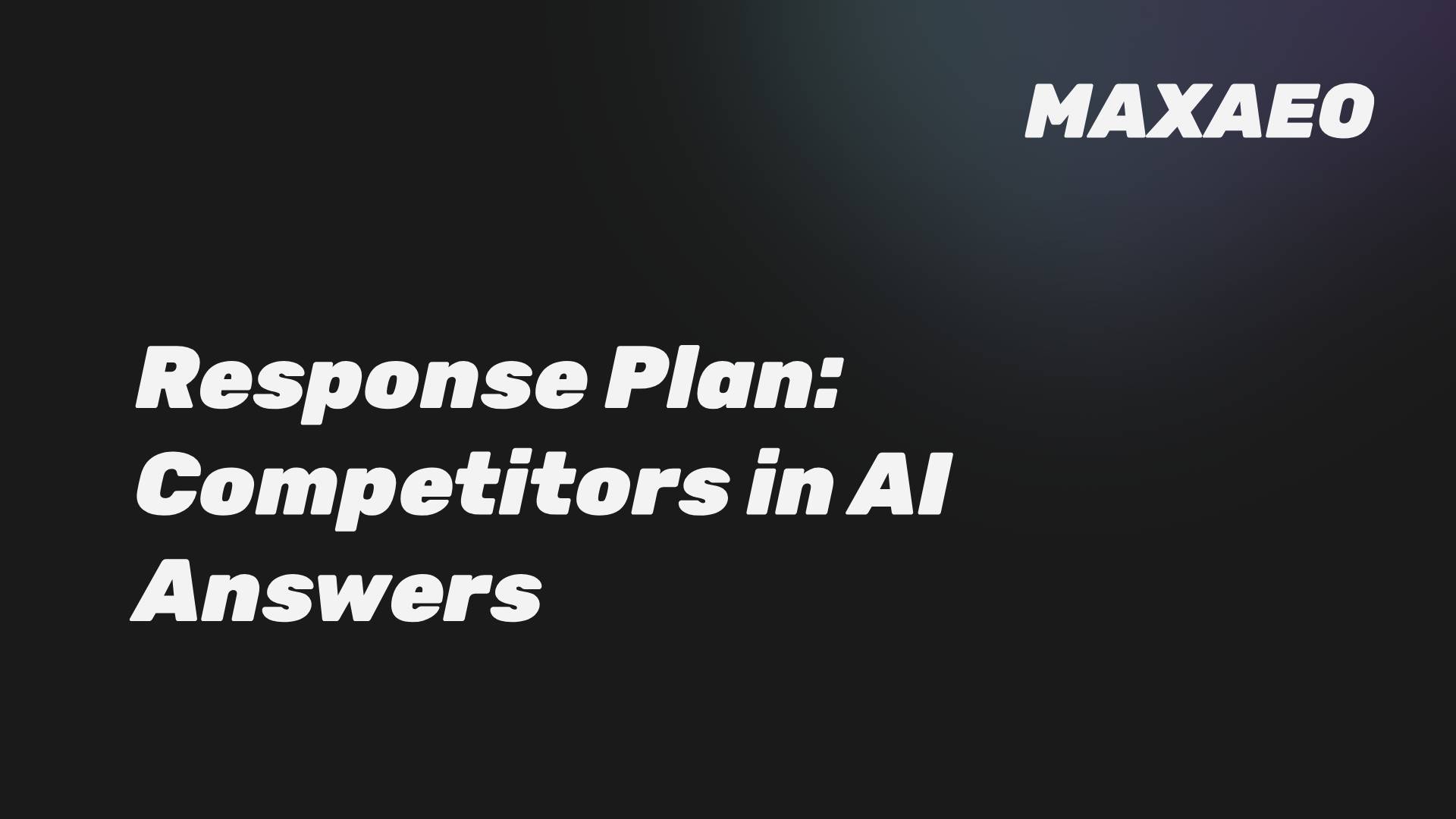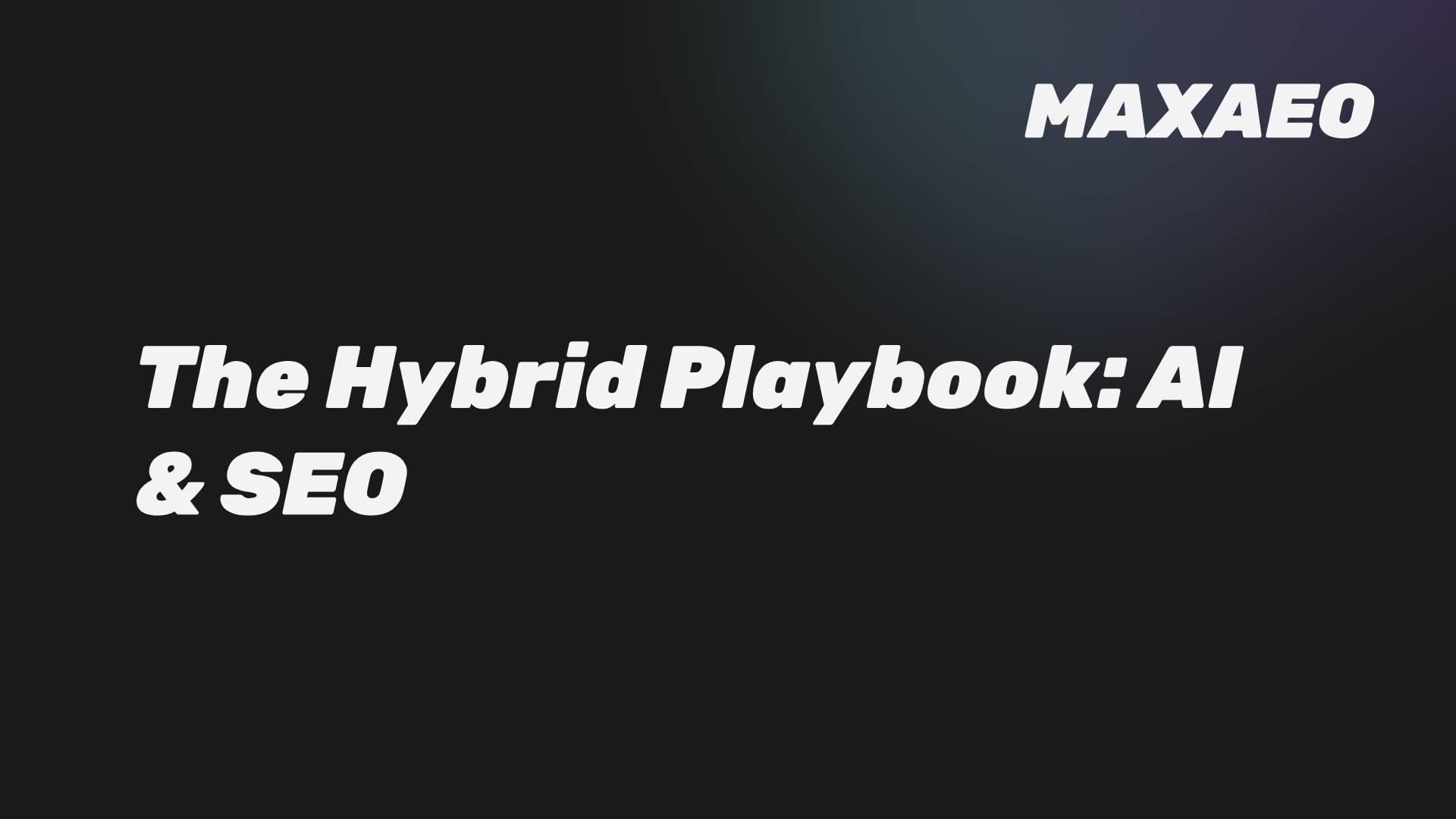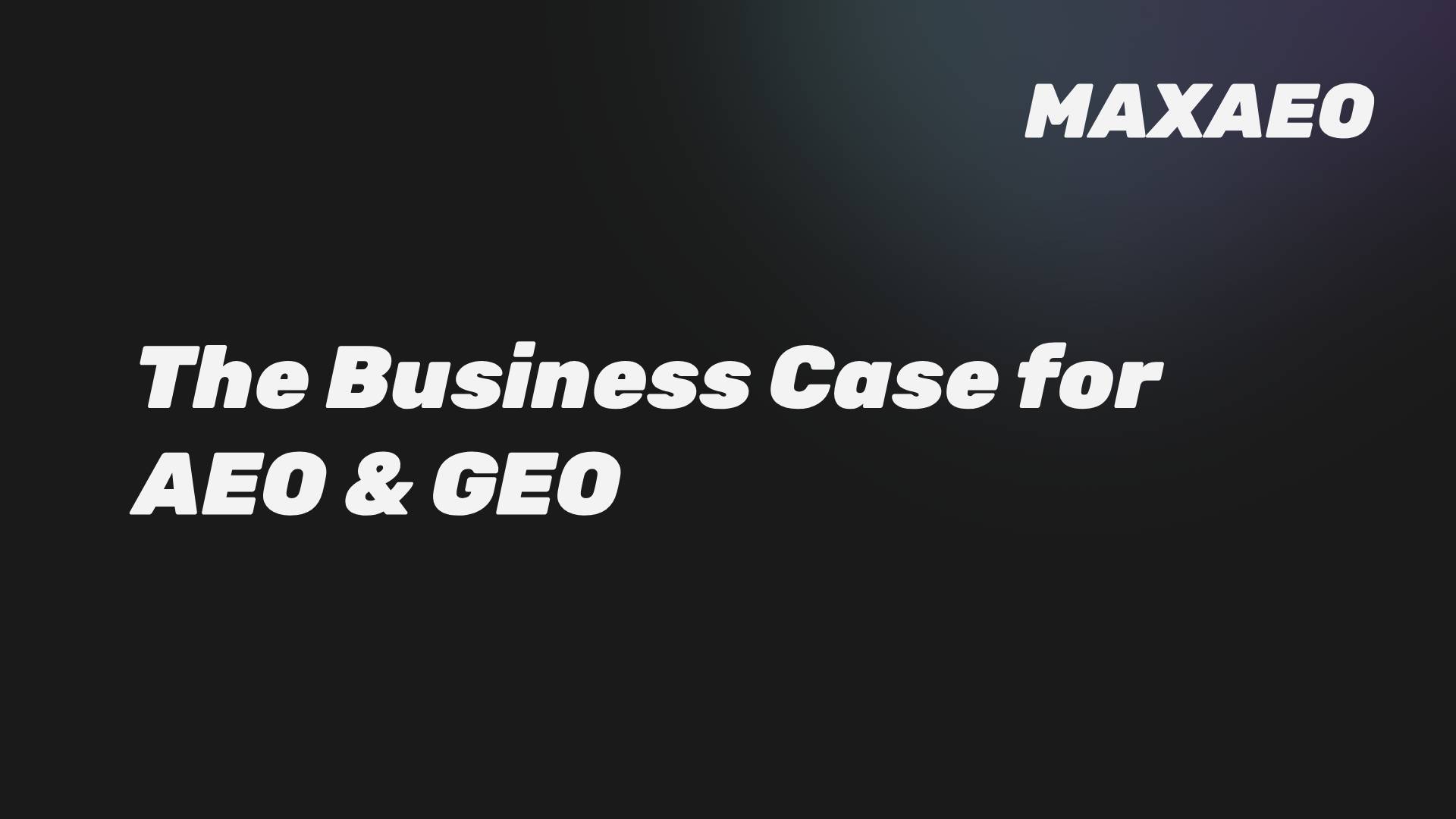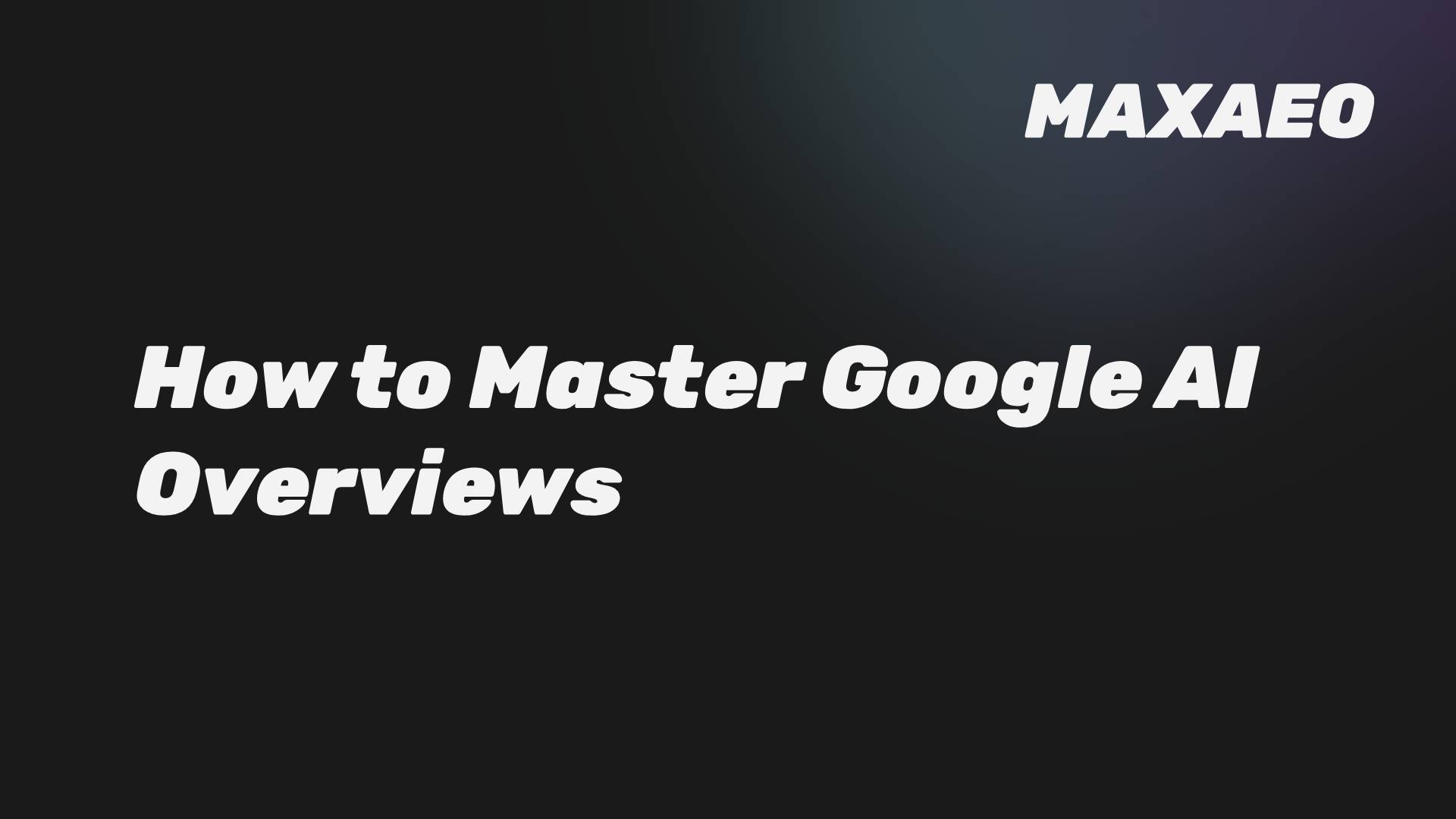· Anton Grant · AI Optimization · 4 min read
Steal Market Share: A B2B Leader's Guide to AI Competitor Displacement
A strategic guide for B2B leaders. This playbook provides a 3-front war plan for displacing competitors in AI recommendations by building a 'Content Moat' and executing a 'Citation Blitz'.
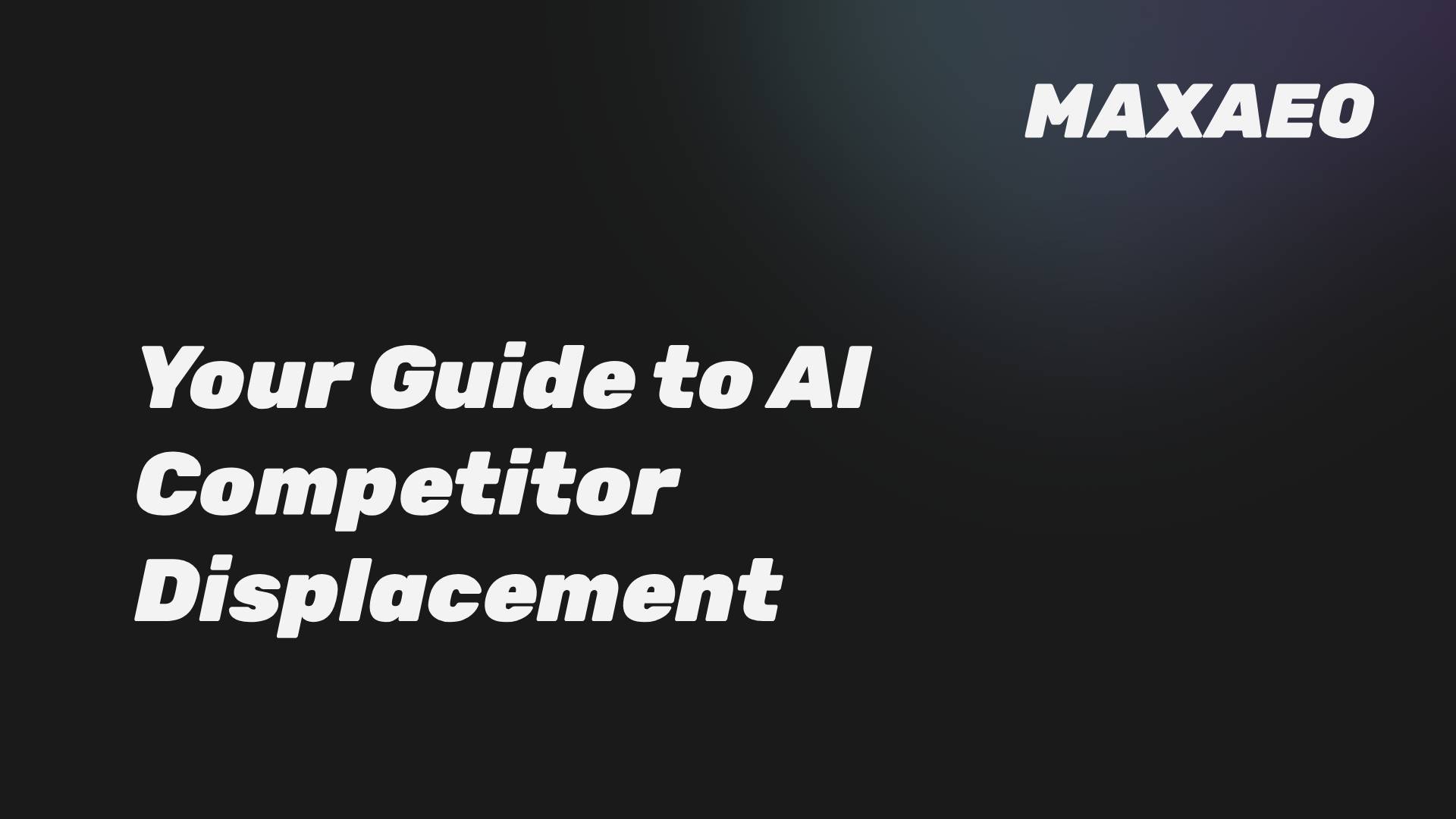
In the new landscape of Artificial Intelligence (AI) Search, defending your market share is not enough. The brands that will win are those that go on the offensive. While your competitors are still focused on the dying metrics of Search Engine Optimization (SEO), a new opportunity has emerged to actively displace them and capture the market inside AI-generated recommendations.
This guide provides a strategic framework for B2B leaders on AI Competitor Displacement. It is a three-front war plan designed to reverse-engineer your rival’s AI presence and systematically replace them as the trusted, authoritative choice in your category.
Why is AI Search a New Battlefield for Market Share?
AI search is a new battlefield because it is a “winner-take-all” environment. Unlike a traditional Google search which presents ten blue links, an AI often provides a single, synthesized recommendation. If that recommendation is your competitor, your brand is not just lower on the list—it is entirely absent from the transaction.
This is a critical business risk and a massive opportunity. The brands that master Generative Engine Optimization (GEO) can actively rewrite the AI’s perception of the market, effectively stealing the high-intent leads that are now flowing through this new channel.
Step 1: Reverse-Engineer Your Competitor’s AI Presence
The first step in any successful offensive campaign is intelligence. You must deconstruct how and why your competitor is winning in AI-generated answers.
- Action: Use an AI search monitoring tool to conduct a deep analysis of your top three competitors. Identify the specific prompts where they are mentioned and, most importantly, the sources the AI cites when it recommends them.
- Strategic Insight: These sources are your competitor’s “citation strongholds.” They represent the ecosystem of trust that the AI is currently relying on. This intelligence is the foundation of your attack plan.
The 3-Front War for AI Domination
Once you have identified your competitor’s citation strongholds, you can launch a coordinated, three-front campaign to dismantle their authority and establish your own.
Front 1: Build a “Content Moat”
Your first objective is to create a content asset on the target topic that is demonstrably superior to your competitor’s.
- Action: Create a “10x content” piece that is more comprehensive, more factually dense, and better structured for machine readability. This asset must be the undisputed best resource on the topic. For tactical details, see our guide to AI-Proof Content.
- Strategic Goal: This “Content Moat” becomes your new, authoritative source that makes the competitor’s content obsolete.
Front 2: Execute a “Citation Blitz”
Your second objective is to strategically insert your brand into the AI’s existing network of trust.
- Action: Launch a concentrated digital PR and outreach campaign to secure mentions of your new “Content Moat” on the high-authority websites you identified in your initial analysis—the very same sites the AI is already citing.
- Strategic Goal: This “Citation Blitz” surrounds the AI with new, positive signals about your brand from sources it already trusts, compelling it to re-evaluate who the true authority is.
Front 3: Create a “Semantic Cluster”
Your final objective is to demonstrate a breadth of expertise that your competitor cannot match.
- Action: Build a “Semantic Cluster” of supporting content around your “Content Moat.” These are smaller, targeted pieces that answer every conceivable follow-up question on the topic.
- Strategic Goal: This demonstrates a deeper level of expertise and satisfies the “query fan-out” process that AI models use for complex research, solidifying your brand as the comprehensive authority.
Conclusion: In the AI Era, the Most Trusted Brand Wins
The battle for market share has moved from the search results page to the AI-generated answer. It is a new game with new rules, and it rewards offensive, strategic action. Passively protecting your existing SEO is a strategy for managed decline.
By reverse-engineering your competitor’s presence, building a superior content asset, and executing a coordinated campaign to build authority, you can actively displace them in the AI’s recommendations. This is no longer just marketing; it is the strategic management of your brand’s algorithmic authority.
To turn AI disruption into your advantage, let’s talk possibilities.
